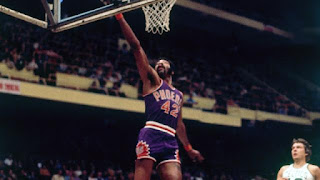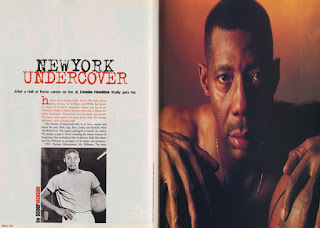Shining star under a cloud

Because of youthful indiscretions, Connie Hawkins, who smothers the ball and foes with giant hands, is the best unknown pro in the land By Peter Carry SPORTS ILLUSTRATED, pp. 51-52 DEC. 16, 1968 Bill Sharman, who played 10 seasons for the Boston Celtics and has coached three pro teams, thinks Connie Hawkins is one of the world's seven best basketball players. Yet unless you hang around Brooklyn's Nostrand Avenue or are among the few who watch the pros at the 11 outposts of the American Basketball Association, you probably have never even heard of him. Now a 6'8" center with the ABA champion Minnesota Pipers, Hawkins inflicted obscurity on himself when he figured in the college basketball scandals of the early '60s. He was not convicted of anything — he was not even brought to trial — but he has had to labor ever since to restore luster to his reputation. Because of a legal precedent — of which he was not a part — he may never convince the older ...






